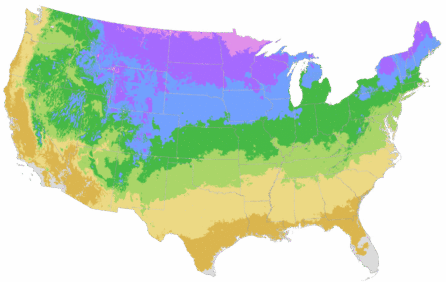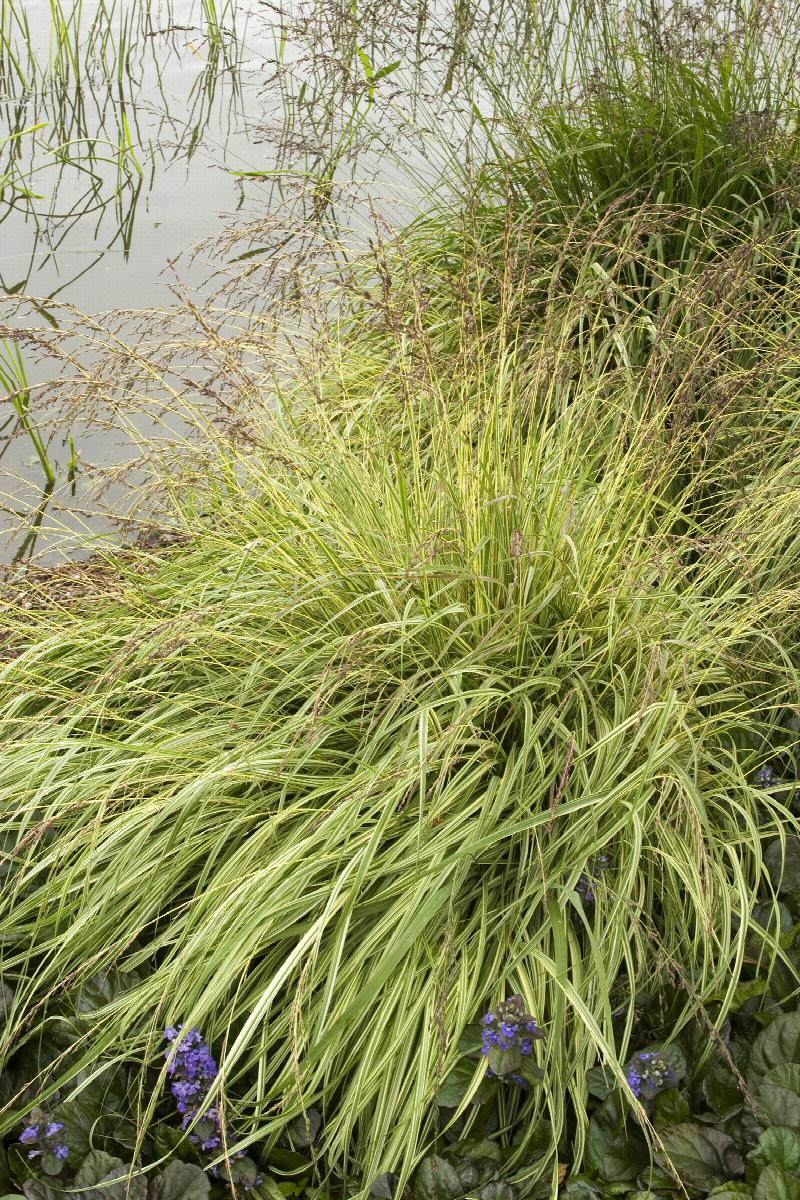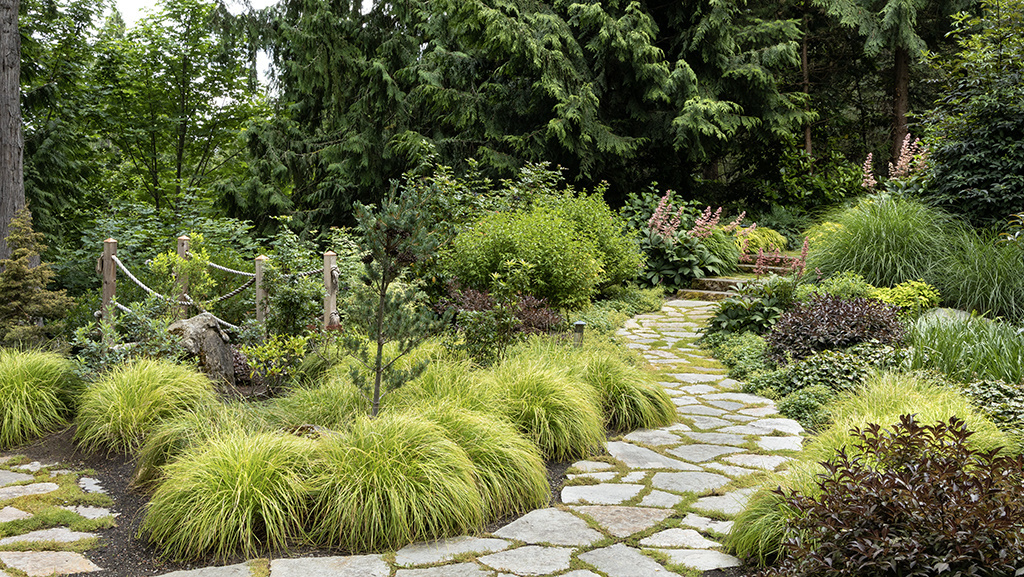Variegated Moor Grass
Molinia caerulea 'Variegata'
Pronunciation: mo-LIN-i-a see-ROO-lee-uh
SKU #06170
| Description | Highly ornamental clumps of green and creamy white striped blades, perfect for a continuous display as edging or a groundcover. Dainty spikes of gold flowers from late summer to fall. Grows in full sun in cool climates; best with some shade in hot, dry locations. |
|---|---|
| Light | Full sun, Partial sun |
| Watering | Keep soil surface moist, but not soggy. |
| Blooms | Midsummer to fall, persisting into winter. |
| Mature Size | Moderate growing; reaches 12 to 18 in. tall and wide. |
| Deciduous/Evergreen | Herbaceous |
|---|---|
| Special Features | Easy Care, Benefits Birds |
| Problems/Solutions | Deer Resistant |
| Growth Rate | Moderate |
| Growth Habit | Clumping |
| Landscape Use | Container, Ground Cover, Edging |
|---|---|
| Design Ideas | With its preference for acid soils, this Grass is ideal for the Pacific Northwest and Deep South. A great accent for the front of the border, or gang it around the edges of planters for a soft transition. Relaxed and sprawling, this Grass creates soft patches in wild gardens. Also attractive in sunny spots of shade gardens under conifers, where soil is acidic enough. Also does well on banks and borders. Short stature makes it good for city conditions. |
| Flower Color | Purple |
| Foliage Color | Variegated |
| Companion Plants | Camellia (Camellia); Rhododendron (Rhododendron); Daylily (Hemerocallis); Hydrangea (Hydrangea macrophylla); Crape Myrtle (Lagerstroemia) |
| Care | Provide enriched, moist, neutral to acidic soil. Water deeply, regularly during the first growing season to establish root system; once established, maintain evenly moist soil. Provide some shade and ample water in hot, arid locations. Remove old, faded foliage before new leaves emerge. Divide clumps every 2 to 3 years in early spring. |
|---|
| Lore | Moor grass was used for thatching and straw for livestock in early agricultural communities of northern Europe. |
|---|
This Plant's Growing Zones: 3-9

Your USDA Cold Hardiness Zone:
Your climate may be too cold for this plant
Buy Online
We cannot currently ship this product to your zip code.
Buy Locally
No Retailers found within 50 miles of your zipcode
About Us
We have been pioneers and craftsmen in the art of growing plants for nearly
100 years. Since our founding in Southern California by Harry E. Rosedale, Sr.
in 1926, we have been absolutely dedicated and obsessed with quality.
We have been pioneers and craftsmen in the art of growing plants for nearly 100 years. Since our founding in Southern California by Harry E. Rosedale, Sr. in 1926, we have been absolutely dedicated and obsessed with quality.

